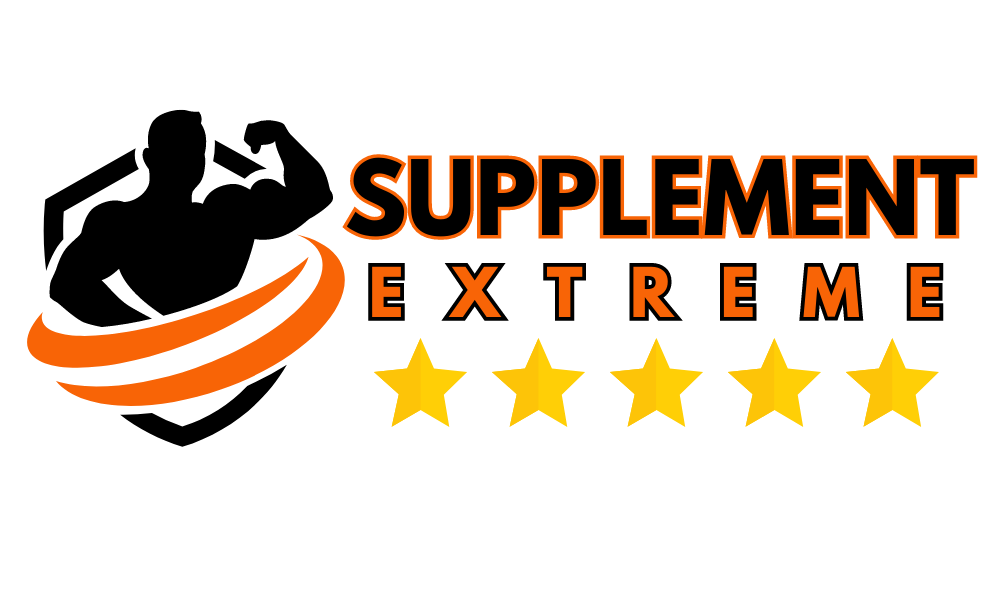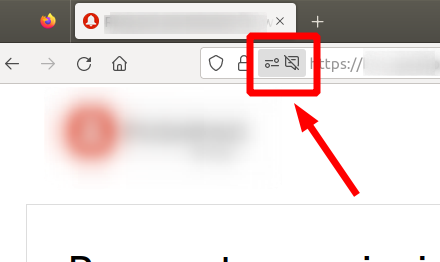.png)
The Road to Recovery: Gear Essentials for Proper Post-Workout Healing
After pushing your body through a rigorous workout, proper recovery is essential for allowing your muscles to repair and grow stronger. While nutrition and rest play a significant role, the right recovery gear can greatly accelerate the healing process. Let's delve into the world of post-workout recovery gear essentials and how they can aid in your journey to better fitness.
Understanding the Recovery Phase
Your muscles undergo microscopic tears during intense exercise, leading to inflammation and soreness. The body's natural healing processes are crucial during this phase. By utilizing the right recovery gear, you can support these processes and promote optimal recovery.
The Essential Recovery Gear
1. Foam Rollers and Massage Tools: These tools are excellent for self-myofascial release. By applying pressure to specific areas, you can release muscle tension, improve blood circulation, and enhance overall relaxation. This practice not only aids recovery but also increases your range of motion.
2. Compression Garments: Compression wear has gained popularity for its ability to reduce muscle soreness and swelling. These garments provide graduated pressure, promoting improved circulation and faster recovery. Whether it's compression sleeves, tights, or socks, incorporating them into your post-workout routine can make a noticeable difference in how quickly you bounce back.
3. Recovery Footwear: Your feet deserve some extra care post-workout. Consider investing in recovery shoes or sandals that provide cushioning and support, alleviating stress on your feet and promoting a faster healing process. These footwear options are designed to enhance circulation and provide comfort, which is especially important if your workouts involve high-impact activities.
Hydration and Nutrition Gear
Staying hydrated and nourished after a workout is vital for recovery:
1. Hydration Packs and Bottles: Dehydration can hinder the recovery process. Invest in a high-quality hydration pack or bottle to ensure you're consuming enough fluids throughout the day. Proper hydration supports cellular function, nutrient transport, and waste removal, all of which contribute to effective recovery.
2. Nutrition Containers: Refueling your body with the right nutrients is essential after exercise. Having portable containers for post-workout snacks or recovery shakes makes it easier to meet your nutritional needs. Consider including a mix of protein, carbohydrates, and healthy fats to aid in muscle repair and glycogen replenishment.
Sleep and Restorative Gear
Proper rest is a cornerstone of recovery:
1. Sleep Accessories: Quality sleep is essential for healing. Consider using sleep masks, blackout curtains, and supportive pillows to create an optimal sleep environment. These accessories can help you fall asleep faster, enjoy deeper sleep cycles, and wake up feeling refreshed and ready for your next workout.
2. Restorative Yoga Props: Gentle stretching and relaxation are essential for muscle recovery. Utilize yoga props like bolsters and blankets to enhance your post-workout stretching routine. Restorative yoga poses not only promote physical recovery but also reduce stress and support mental well-being.
Temperature and Cold Therapy Gear
Temperature therapy can be highly effective in reducing muscle soreness:
1. Ice Packs and Wraps: Applying ice to sore muscles can help decrease inflammation and alleviate pain. Ice packs and wraps offer targeted relief to specific areas, making them particularly useful for treating localized soreness or injuries. Cold therapy constricts blood vessels, reducing swelling and promoting healing.
2. Hot/Cold Gel Packs: These versatile packs can be heated or cooled to provide both heat therapy (for relaxation) and cold therapy (for inflammation reduction). Heat therapy helps relax muscles, improve circulation, and relieve tension. Cold therapy, as mentioned earlier, helps reduce inflammation and numbs painful areas.
Electrical Stimulation and Massagers
1. TENS Units: Transcutaneous Electrical Nerve Stimulation (TENS) devices use low-voltage electrical currents to provide pain relief and muscle relaxation, aiding in recovery. TENS units can be particularly useful for targeting specific areas of soreness or discomfort, making them an excellent addition to your recovery toolkit.
2. Percussive Massagers: These devices offer deep tissue massage and improved blood circulation. They are particularly effective in targeting tight muscles and promoting relaxation. Percussive massagers simulate the effects of a deep tissue massage, helping to break up knots, improve flexibility, and enhance overall muscle function.
Recovery Accessories for Different Activities
Your choice of recovery gear can be tailored to your preferred activities:
1. Running: Consider using compression socks and foam rollers to cater to the specific recovery needs of runners, focusing on the lower body and legs. Compression socks can help improve blood circulation and reduce muscle vibration, while foam rolling can alleviate tightness in the legs and hips.
2. Weightlifting: Resistance bands and trigger point balls are excellent for targeted recovery after weightlifting sessions, helping release tension in specific muscle groups. Resistance bands can be used for stretching and mobility exercises, while trigger point balls provide targeted pressure to release knots and adhesions.
Creating a Personalized Recovery Kit
Creating a personalized recovery kit allows you to tailor your gear to your specific needs and preferences:
1. Assess Your Activities: Consider the types of exercises you engage in most frequently. If you're an avid runner, prioritize gear that addresses lower body recovery. For weightlifters, focus on tools that can alleviate tension in the muscles commonly worked during lifting sessions.
2. Start Small: Building a recovery kit doesn't have to happen all at once. Begin with a few key essentials and gradually expand your collection as you identify additional needs. This approach also allows you to experiment with different tools and techniques to find what works best for you.
3. Consult Professionals: If you're new to recovery gear, consider seeking advice from fitness professionals or physical therapists. They can provide recommendations based on your fitness goals, any existing injuries, and your overall health profile.
Dos and Don'ts of Post-Workout Recovery Gear
While incorporating recovery gear into your routine is beneficial, it's important to use them correctly:
Do:
- Follow usage instructions provided by manufacturers.
- Start with light pressure and gradually increase as needed.
- Listen to your body and adjust the intensity based on comfort.
- Combine multiple recovery methods for comprehensive benefits.
Don't:
- Overuse recovery gear, as excessive use can lead to tissue damage.
- Ignore pain or discomfort while using recovery tools.
- Substitute recovery gear for proper rest and nutrition.
- Use recovery gear as a substitute for medical treatment when injured.
Staying Consistent with Recovery
The key to effective post-workout recovery lies in consistency:
1. Make It a Routine: Incorporate recovery practices into your daily routine, just like you do with your workouts. Consistency is key to experiencing the long-term benefits of recovery gear.
2. Listen to Your Body: Pay attention to how your body responds to different recovery methods. Adjust your routine based on your body's cues and feedback.
3. Plan Active Recovery: Engage in low-intensity activities like walking, swimming, or gentle stretching on your rest days. These activities promote blood flow, which aids in recovery without causing additional strain.
4. Stay Hydrated and Nourished: Proper hydration and nutrition support the body's healing processes. Prioritize a balanced diet rich in nutrients that promote muscle repair and growth.
Conclusion
Effective post-workout recovery is not a luxury but a necessity for anyone striving for fitness progress. Incorporating the right recovery gear into your routine can significantly enhance your body's healing process, reduce muscle soreness, and improve overall performance. Remember that recovery is a holistic process involving rest, nutrition, and mindful self-care. By investing in recovery gear and making recovery a consistent part of your fitness journey, you're taking a proactive step toward achieving your goals and sustaining long-term fitness success.
Remember, the path to a healthier you starts with understanding your body's needs and providing it with the support it requires to thrive.





